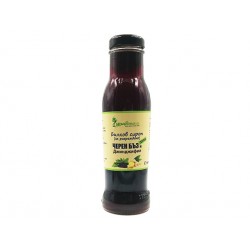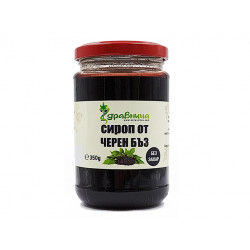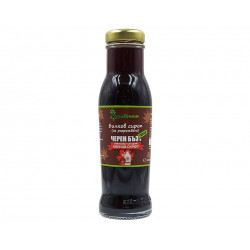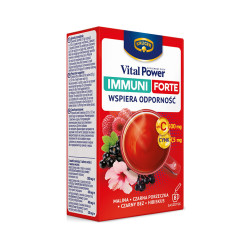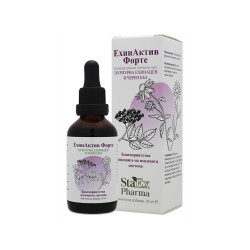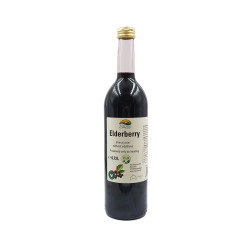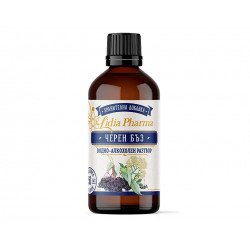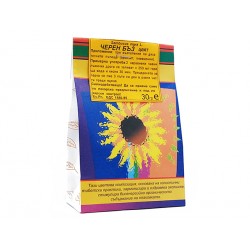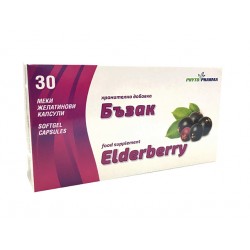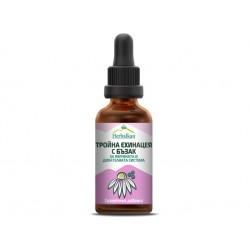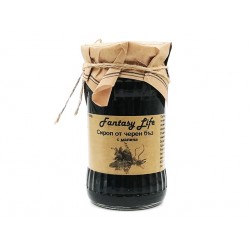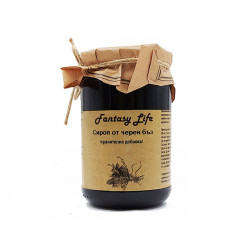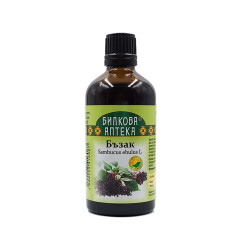How to distinguish Danewort (Sambucus ebulus) from Elderberry (Sambucus nigra)? This is important because danewort can easily be confused with elderberry due to the closeness of their names, and danewort is not recommended as a food source unlike elderberry.
Main differences
The main differences consist in the following characteristics: danewort is a shrub and reaches 2 meters in height, while elderberry reaches 7-8 m in height and is a tree. Danewort blooms in July-August, while elderberry blooms earlier - in May-June. The fruits of the danewort are located on a stalk, upright, while the berries of the elderberry hang down.
Danewort
The danewort is a perennial herb with a creeping, highly branched rhizome and an erect, glabrous, furrowed stem, branched at the top, up to 2 m tall. The leaves are opposite, ovate to ovate-lanceolate, 5–16 cm long and 1– 4.5 cm. The flowers are white, rarely pink outside, collected in thyroid inflorescences. They emit an unpleasant but not repulsive smell. The fruit is berry-like, fleshy, spherical, 4-6 mm in diameter, dark purple to black. It is located on an upright stalk, unlike the elderberry.
It is widespread as a weed in waste places, along roads and in populated areas. It is ubiquitous in Bulgaria, almost up to 2000 m above sea level. The flowers of the danewort contain essential oil, sugars and biologically active glycosides. The fruits are rich in anthocyanin dyes, sugars, organic acids (valeric, malic and tartaric acid), tanning substances, resins, pectin, vitamin C, etc. Green fruits and seeds contain glycosides that are considered poisonous. In folk medicine, the fruit and the root are used, and less often the flowers. It has a diuretic, antimicrobial and diaphoretic effect. The juice from its fruits is used for loss of appetite, anemia and fatigue, for hemorrhoids and rheumatism. In case of insect bites, it is applied by local rubbing on the skin.
Elderberry
Еlderberry (Sambucus Nigra) is tree with spreading branches and a white foam core. The leaves are imparipinnate with 2-3 pairs of leaflets, 20 cm long. Individual leaflets are ovoid or oblong, pointed top shtitosennikopodobni complex inflorescences. They have a 5-toothed calyx, corolla yellowish, which consists of 5 fused at the base, widely blunted gum pads. Stamens are 5, with big yellow anthers.
Elderberry is found everywhere in humid places in Bulgaria, in the bushes, in forests and settlements. In the mountains it is located at an altitude of up to 1500 m.
Bulgarian folk healer Petar Dimkov considers elderberry to be the strongest Bulgarian herb. He told a story about his nature walk and how he witnessed a fight between a poisonous snake and a weasel - when the mammal was bitten by the snake, he slipped into the bushes and bit off some bark of an elder tree, came back and strangle the snake.
In Bulgarian folk medicine, elderberry is one of the most powerful immunostimulators. Elderberry fruits and syrup are recommended for strengthening the immune system, in case of inflammation of the respiratory tract, colds, bronchitis, pneumonia, tuberculosis cough.
Where to buy Elderberry and Danewort products?
You can find Еlderberry and Danewort products such as syrup, dried fruit, dried flower, tincture, etc in "Zdravnitza".
You can place your order online. We deliver our products to products in Bulgaria, Europe, USA, Canada, Australia, Israel and Thailand.
You can also buy elderberry products on the local stores of "Zdravnitza":
Health store "Zdravnitza"
1000 Sofia, Bulgaria
23 Neofit Rilski str.
Health store "Zdravnitza"
1303 Sofia, Bulgaria
74 Odrin str.




